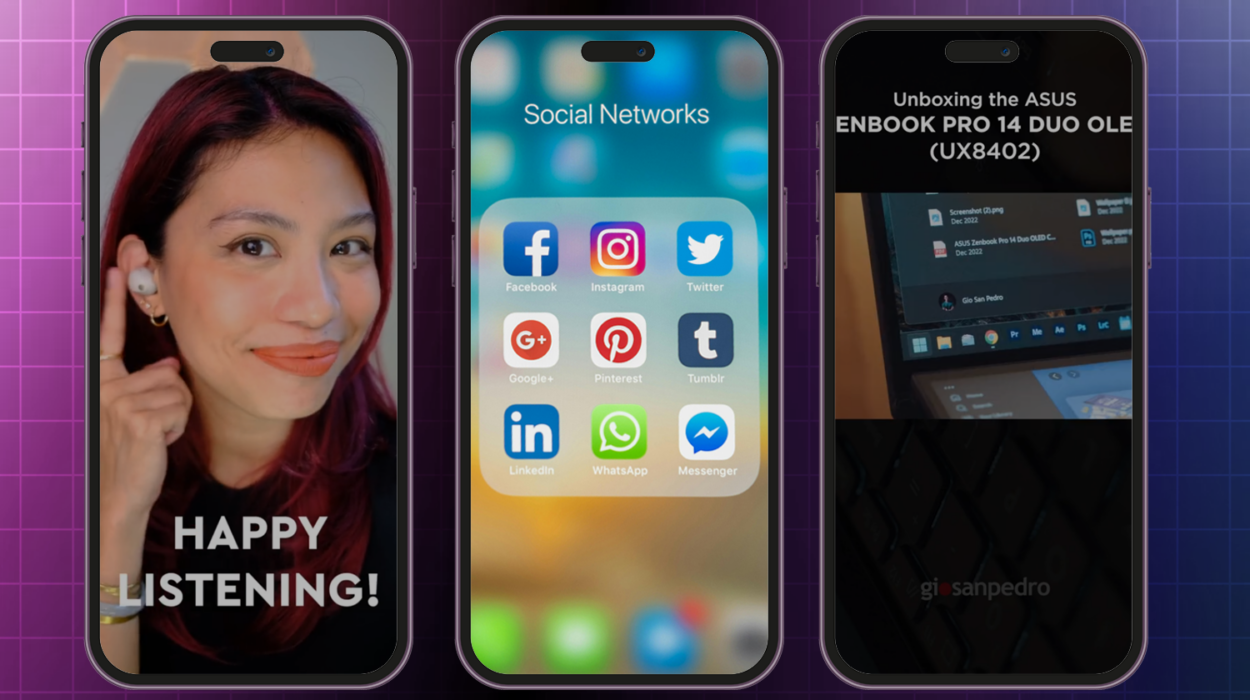Data can be intimidating to learn and almost stone-cold to read, but it doesn’t have to be. Interactive data visualization can help storytellers get their messages across and readers learn more.
We live in a world of lights, colors, and shapes. A study by Changing Minds stated that after three days, people retain 65% of the information presented visually over written or spoken media. Visual representations like photos are also processed by the human brain much faster than text. It’s these facts that have built industries like advertising and graphic design—made more evident with smartphones.
Much like what we see, data is everywhere, and it is growing at an exponential rate. The challenge for businesses and organizations is to make sense of this vast amount of information and use it to drive their decision-making processes.
That’s where interactive data visualization comes in. It provides a way to turn complex data into easily understandable, visual representations.
Interactive data visualization is a way to display data in a graphical form that allows users to interact with the data in real time. This interaction can include filtering, sorting, and zooming in and out on specific data sets.
Make it move
There are several types of interactive data visualization, including heat maps, scatter plots, bar charts, line charts, pie charts, and geographic maps.
Static visualizations are popular and cheaper means of communicating data. But for all their effectiveness, they can be boring, unengaging, and simplistic. Think about the way you might teach a kid a skill like counting. It’s one thing to show them a sequence of numbers (1, 2, 3), but they actually learn through practical methods (having them put fruits into a bag and count every item).
The same can be said for the way we present data. Ideal for large data sets, interactive data visualization is a way to communicate complex issues into easily understandable visual representations that can help drive decision-making processes.
This is because interactive data visualization offers many benefits, including better data understanding, improved communication and decision-making, and increased engagement and user experience.
Interactive data visualization provides a more intuitive way to understand data, making it easier to identify patterns and trends. With the help of things like color coding, highlights, or animations, readers can see for themselves the relationships between variables.
Take, for example, this story by The Pudding about regional divisions in the European Union and their developmental implications. Readers can see for themselves the historical timelines and benefits redetermining borders can do for EU nations.
Talking to wider audiences
Data also tells a story that should reach wide audiences—including those who might be averse to numbers and spreadsheets. Interactive data visualization can make data storytelling more engaging and accessible, which can improve the user experience. By allowing users to interact with the data, visualizations can lead to increased engagement and understanding.
Thinking Machines released an article about the accessibility of human immunodeficiency virus (HIV) healthcare in the Philippines wherein they found it takes an average of 3.6 hours to reach a local HIV center. They made use of large data sets like the national population and DOH-recognized HIV centers nationwide to compute estimated travel time.
Rather than presenting this data simply as a static graph or map, Thinking Machine came up with a map of the Philippines with a slider for readers to be able to see the correlation between an area’s population with HIV center accessibility.
Interactive data visualization can help decision-makers communicate data insights and understand the implications of their decisions. A 2018 study in the Australasian Journal of Information Systems found that using interactive data visualization methods made it easier for non-professional investors in accounting to understand the data presented to them. By presenting data in a visual format, decision-makers can better communicate the key insights to stakeholders, leading to more informed and effective decisions.
Not only does interactive data visualization allow users to interact with and explore the data in a visually appealing manner, but by using interactive data visualization tools, organizations can also make more informed decisions based on data-driven insights and improve their overall performance.
M2 Communications is a public relations agency in the Philippines that has been helping brands tell their stories using data-driven strategies. Alongside our digital PR and reputation management services, M2 is also a creative agency that offers website design, content creation, graphic design, and video production for brands to communicate with their target audiences. Learn more about our work by visiting our case studies page.


